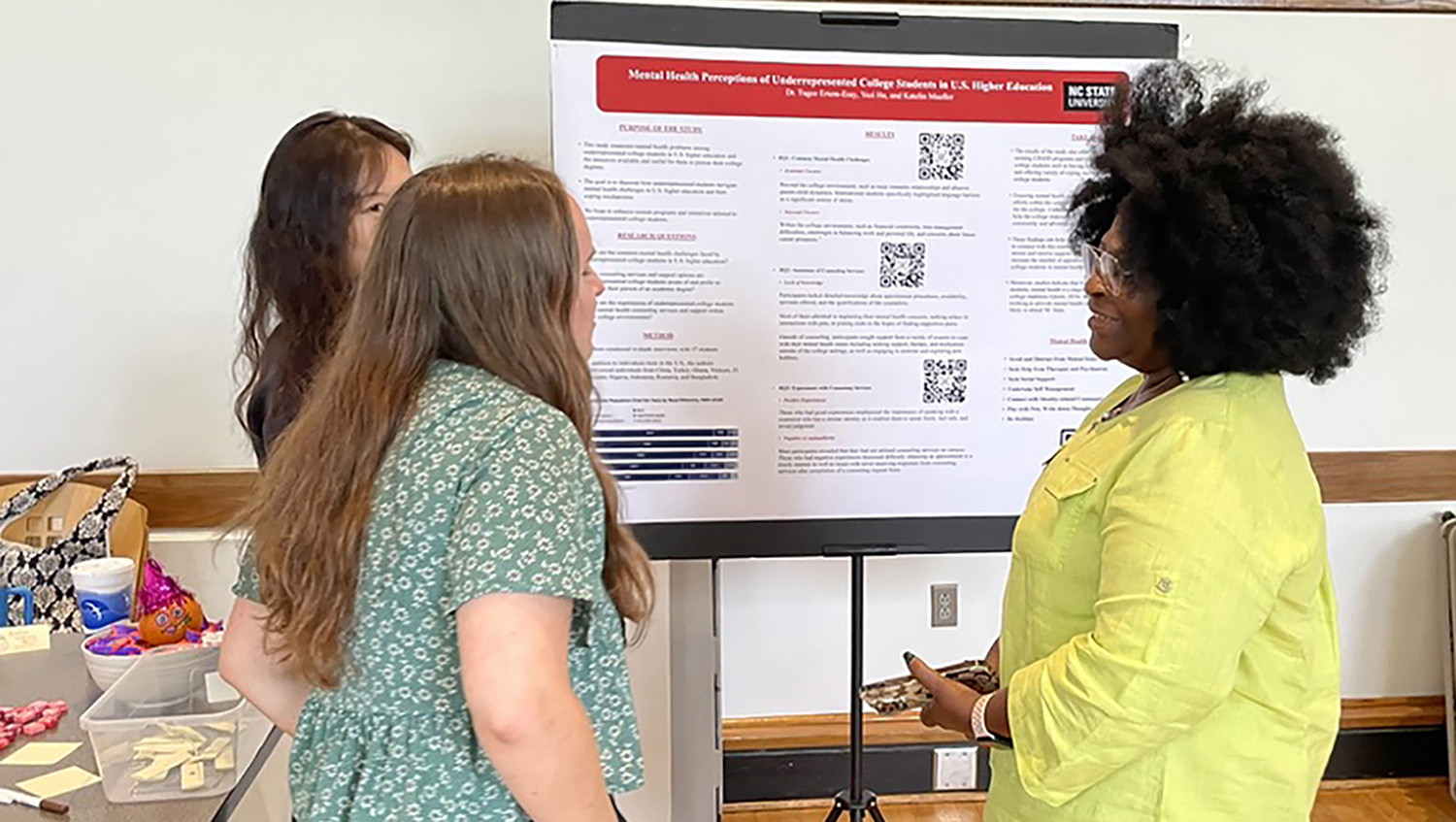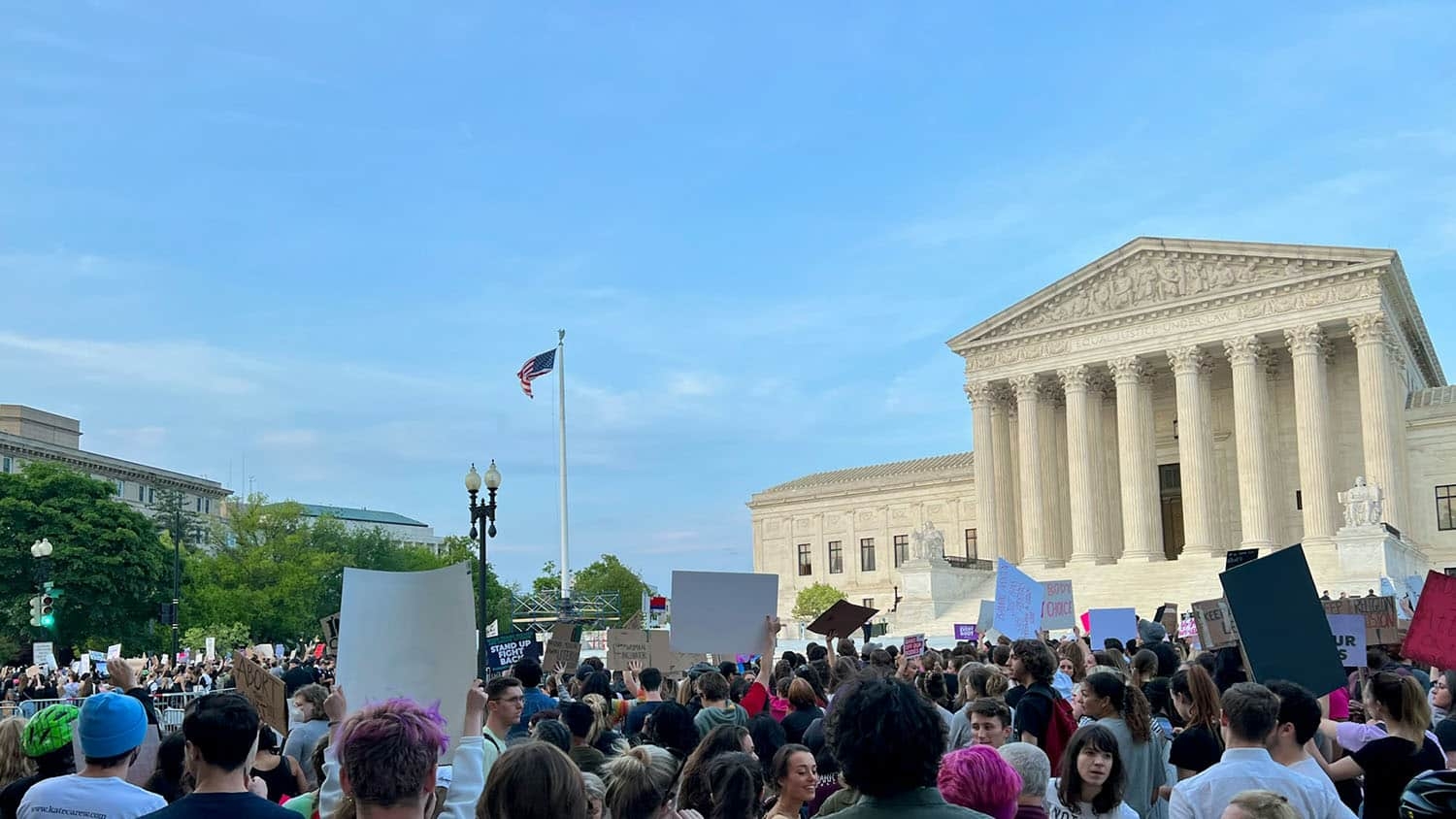Sexual Minorities at Greater Risk of Suicidal Behavior, Being Victims of Violence

Sexual minorities are more likely than heterosexuals to be victims of physical violence and to exhibit suicidal behavior, according to a recently published study by researchers at seven institutions and community agencies.
“For this study, we wanted to know how committing acts of physical violence, being a victim of violence, and suicidal behavior relate to each other,” says Sarah Desmarais, a psychology researcher at NC State and co-author of a paper on the work. “Specifically, we wanted to know if one’s likelihood of perpetrating violence, being victimized or engaging in suicide-related behaviors differed as a function of one’s sexual orientation.”
The researchers conducted an online survey with 2,175 people drawn from three sources: a general population sample, a college student sample, and a sexuality advocacy group sample. Study participants included 1,315 women, 824 men and 36 identified as “other.” In response to questions about sexual orientation, 1,407 identified as straight, 172 identified as gay, 351 identified as bisexual, and 245 identified as other sexual orientations.
Study participants were asked to self-report on physically violent behavior, victimization and suicidal behavior – such as suicidal thoughts or attempted suicide.
“We found that 66 percent of all study respondents reported lifetime suicidal behavior, and that people who identified as gay, bisexual or other were more likely to exhibit suicidal behavior than their straight counterparts,” Desmarais says. “These groups were also more likely to have been victims of physical violence.
“For example, those who identified as gay were 1.5 times more likely than straight study respondents to report both victimization and suicidal behavior.”
The study found that 25 percent of straight study respondents reported being victims of physical violence, compared to 33 percent of gay respondents, 42 percent of bisexual respondents and 50 percent of respondents who identified as “other.”
The study also found that 59 percent of straight study respondents reported suicidal behavior, compared to 69 percent of gay respondents, 82 percent of bisexual respondents and 86 percent of respondents who identified as “other.”
“This study doesn’t address whether victimization increases the likelihood of suicidal behavior,” Desmarais says. “However, other research has shown a link between victimization and suicide, and our findings here are consistent with that.”
The study also found that only 3 percent of all study participants reported committing physical violence, with the highest rate of violence – 6 percent – coming from the “general population” sample. Committing violence was not associated with any particular sexual orientation.
“These findings highlight the absurdity of policies that are supposedly designed to protect the public from violence committed by sexual minorities,” Desmarais says. “Sexual minorities are no more likely to engage in violence than anyone else – though they are more likely to be the targets of violence.”
The paper, “The intersection of interpersonal and self-directed violence among general adult, college student and sexually diverse samples,” was published online by the International Journal of Social Psychiatry in December. The lead author of the study is Robert Cramer of Old Dominion University. Other co-authors are from NC State, the University of Alabama, the University of Central Florida, San Francisco State University, the National Coalition for Sexual Freedom and RTI International.


